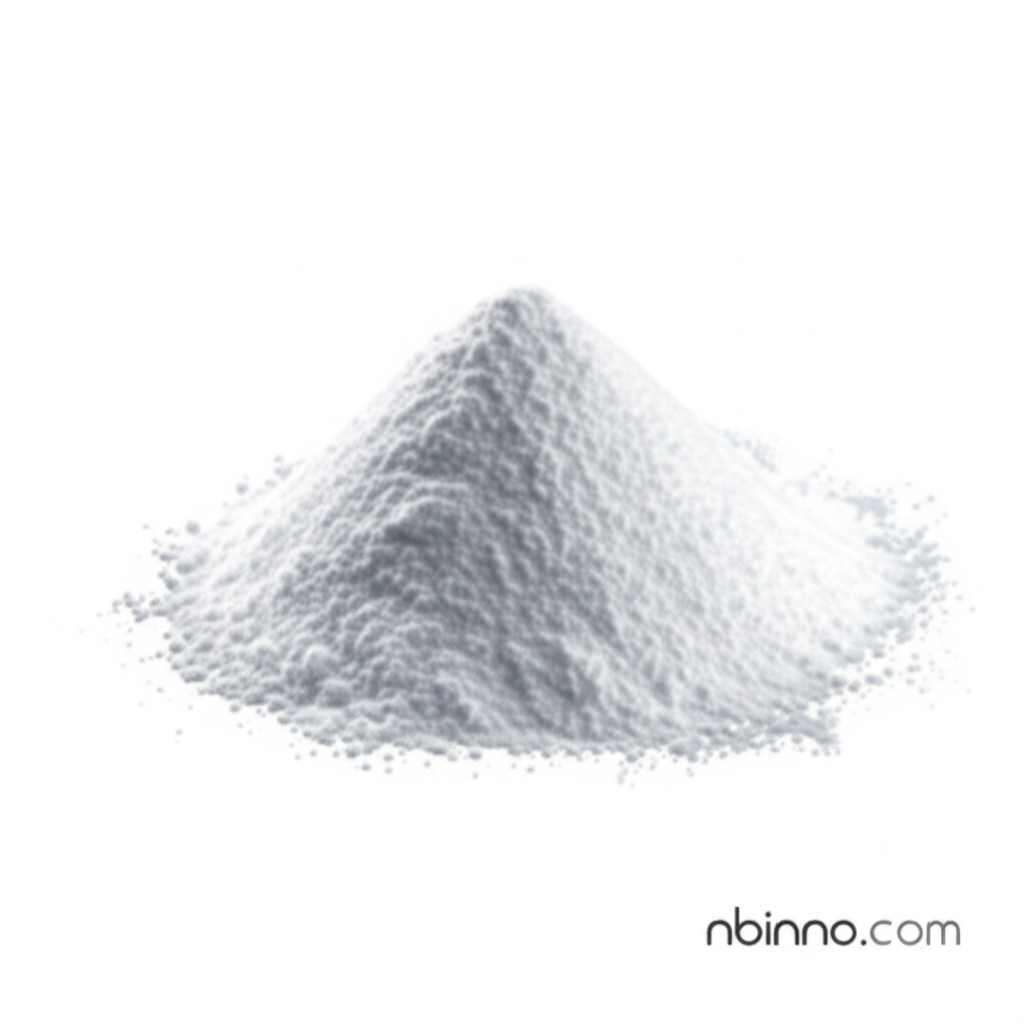Boc-N-methyl-L-leucine: A Key Amino Acid Derivative for Advanced Peptide Synthesis
Unlock new possibilities in therapeutic peptide development with this essential building block.
Get a Quote & SampleProduct Core Value

Boc-N-methyl-L-leucine
Boc-N-methyl-L-leucine stands as a critical amino acid derivative, meticulously engineered for advanced peptide synthesis. Its N-methylated and Boc-protected structure offers significant advantages, enhancing the proteolytic stability, membrane permeability, and conformational properties of synthesized peptides. This makes it an indispensable component in the rapid and reliable synthesis of peptides, particularly vital for the burgeoning peptide drug market. Its utility in medicinal chemistry and drug development, especially in fields like oncology and neurology, underscores its importance in creating sophisticated therapeutic compounds with precise molecular interactions.
- Boc-N-methyl-L-leucine peptide synthesis: Serves as a foundational building block in constructing complex peptide sequences, contributing to breakthroughs in pharmaceutical research.
- N-methylated amino acid derivatives: Offers unique structural properties that impart enhanced biological activity and stability to therapeutic peptides.
- Boc protected amino acids: The tert-butyloxycarbonyl (Boc) group provides crucial protection during synthesis, easily removable under acidic conditions, simplifying the process.
- Solid-phase peptide synthesis building blocks: Facilitates efficient and streamlined synthesis, enabling the creation of a wide array of peptide-based molecules for research and development.
Advantages Offered
Enhanced Peptide Properties
The N-methylation of leucine in this derivative significantly improves the therapeutic peptide development process by increasing resistance to enzymatic degradation and modulating peptide conformation.
Streamlined Synthesis
As a key component in solid-phase peptide synthesis building blocks, Boc-N-methyl-L-leucine simplifies the construction of complex peptides, accelerating research timelines.
Broad Applicability
Widely utilized in medicinal chemistry amino acid derivatives, it empowers researchers in drug development, particularly for novel therapeutics targeting neurological disorders and cancer.
Key Applications
Peptide Synthesis
Essential for constructing specific peptide sequences, enabling researchers to precisely tailor molecules for various biological studies using Boc protected amino acids.
Pharmaceutical Research
A vital tool in drug discovery, aiding the development of new peptide-based pharmaceuticals by providing key structural components.
Medicinal Chemistry
Its unique properties make it a valuable asset for chemists designing novel compounds with targeted therapeutic actions.
Biotechnology
Used in creating modified peptides for therapeutic proteins and research applications, contributing to advancements in biotechnological solutions.
Related Technical Articles & Resources
Why Choose Us?
Leverage our expertise and state-of-the-art infrastructure to accelerate your journey from discovery to commercial success.
Global Experience
With 20 years of R&D, manufacturing, and sales experience, we proudly serve clients across 60 countries and regions worldwide.
Advanced Facilities
Our in-house R&D laboratory, pilot platform, and large-scale production workshop are equipped to meet the audit requirements of global customers.
Seamless Scalability
We facilitate a perfect transition from small-scale lab requirements (grams) to full commercialization (hundreds of tons).
